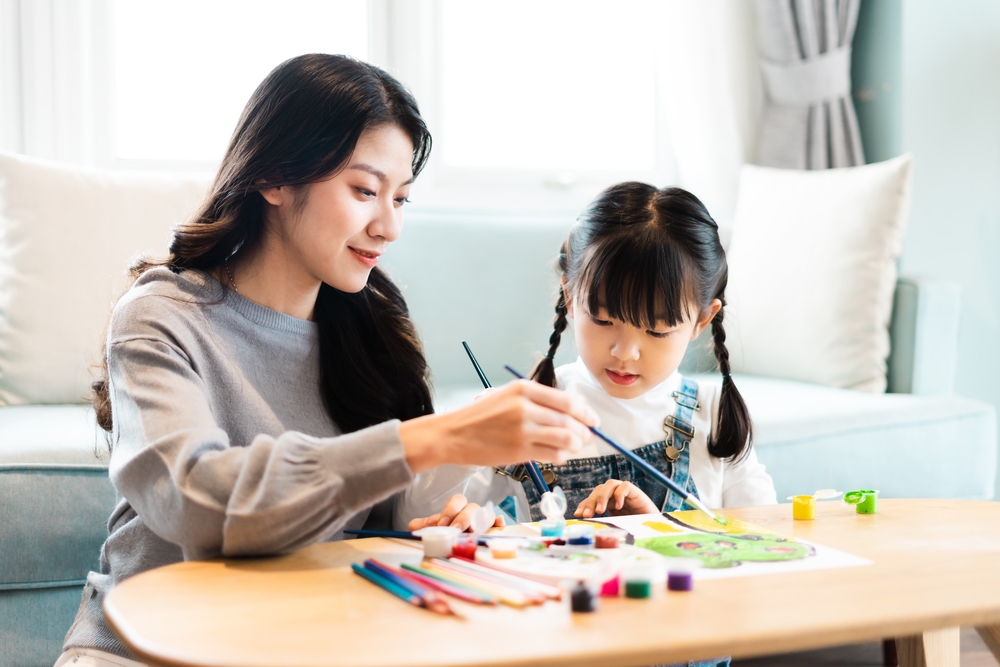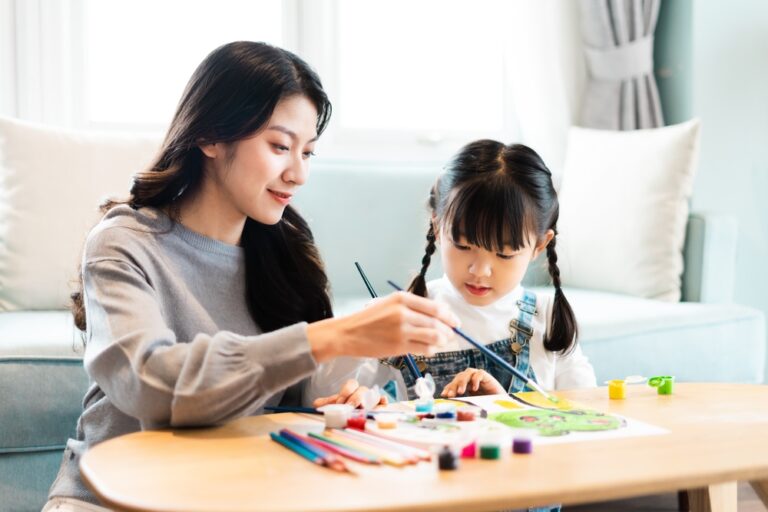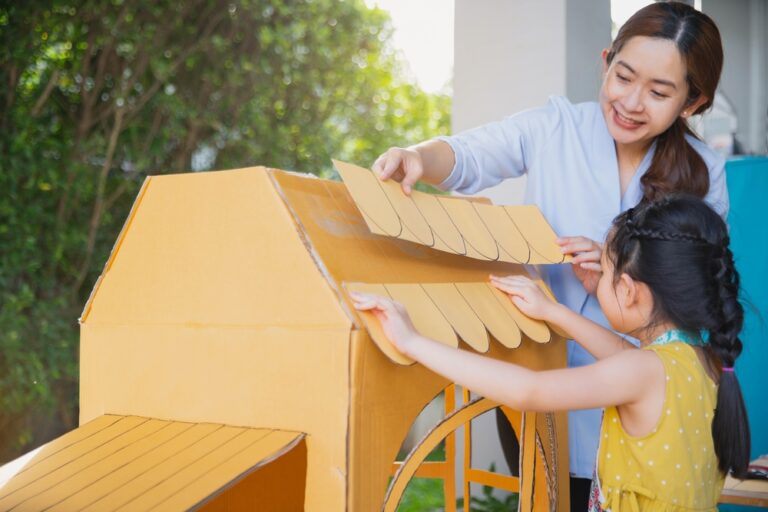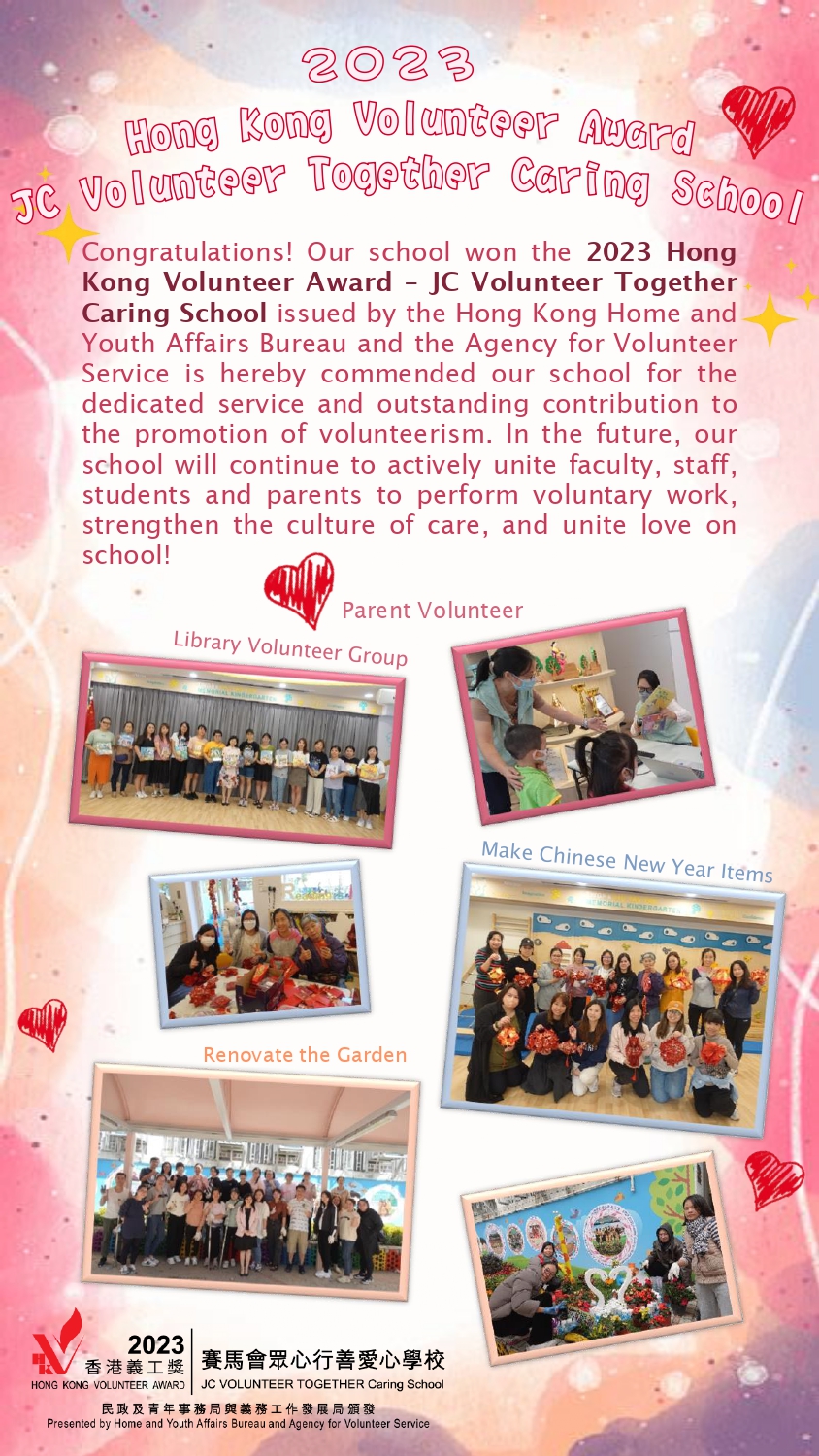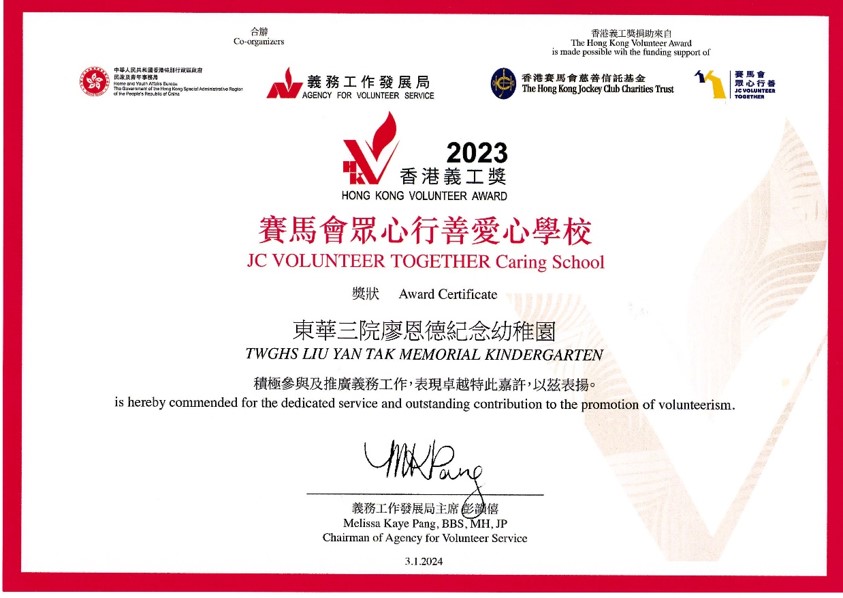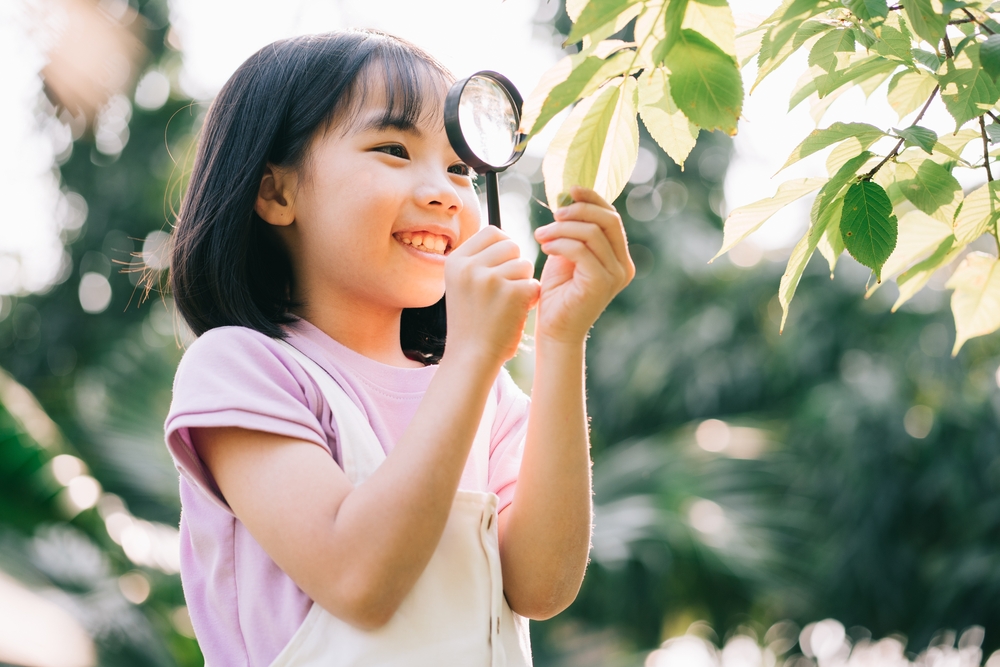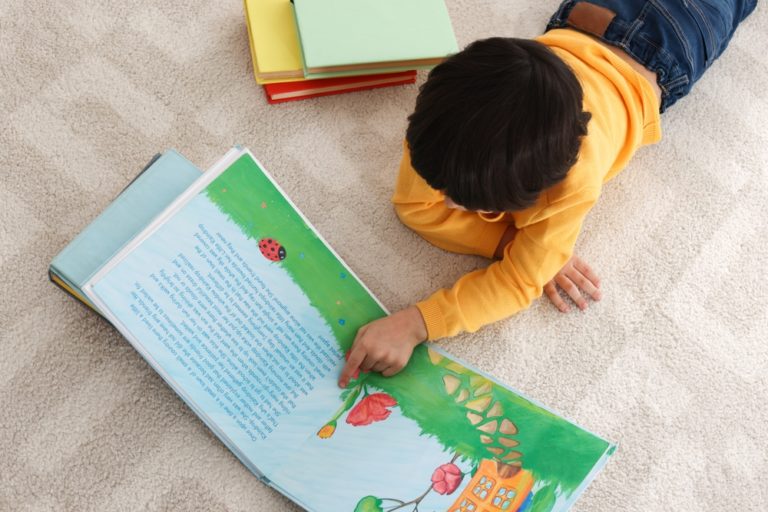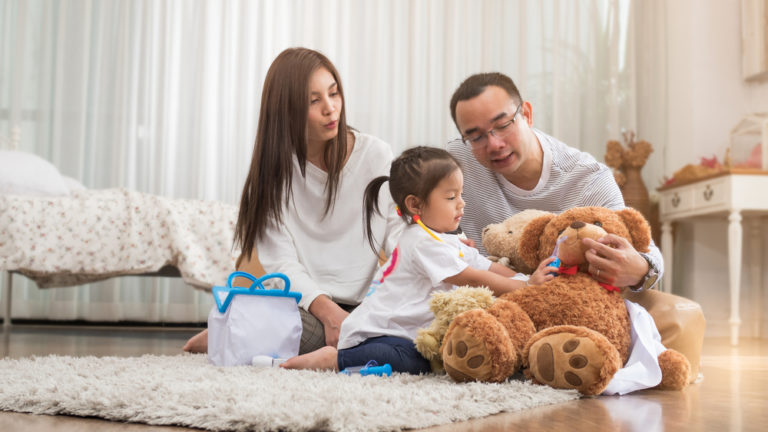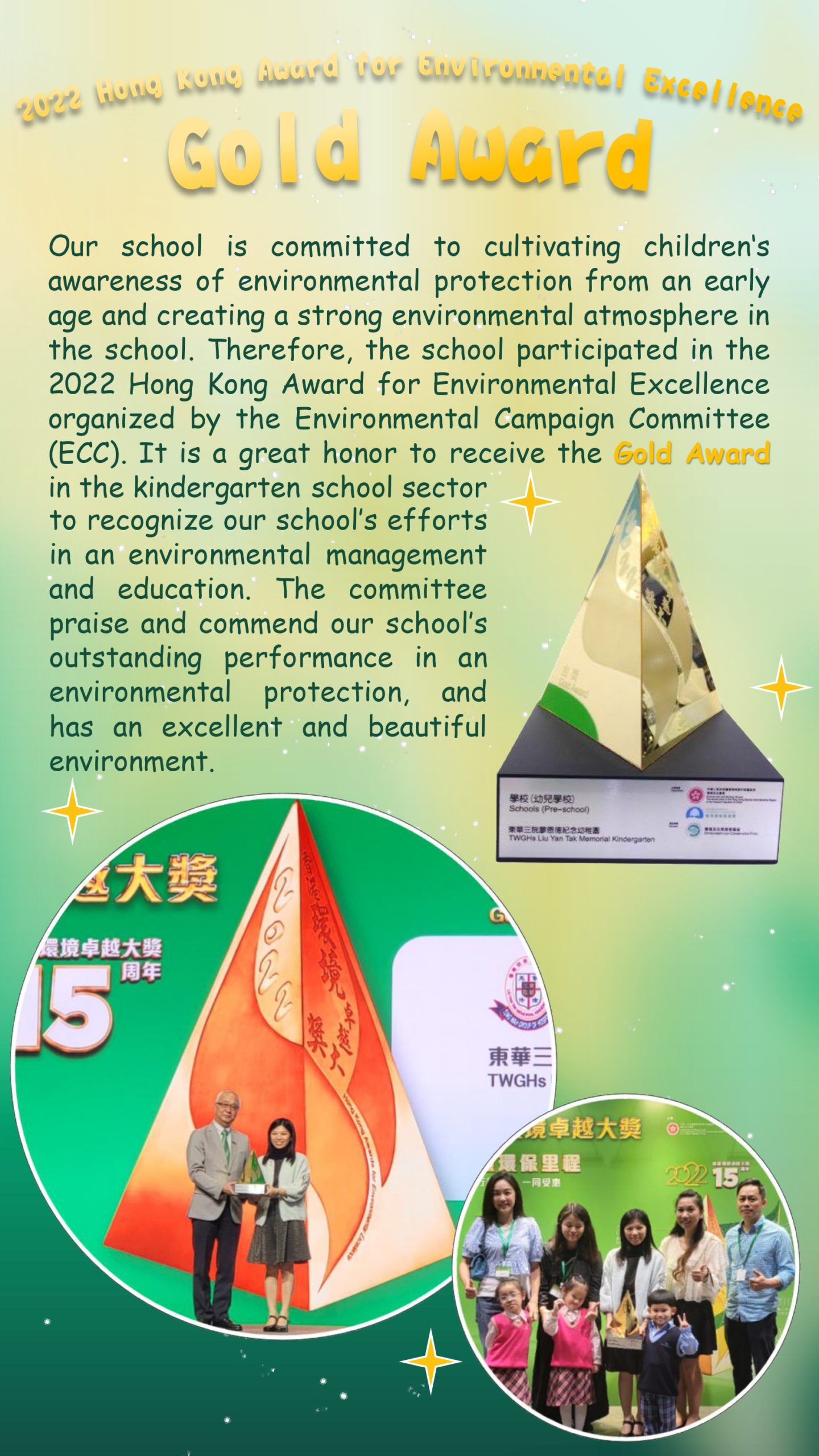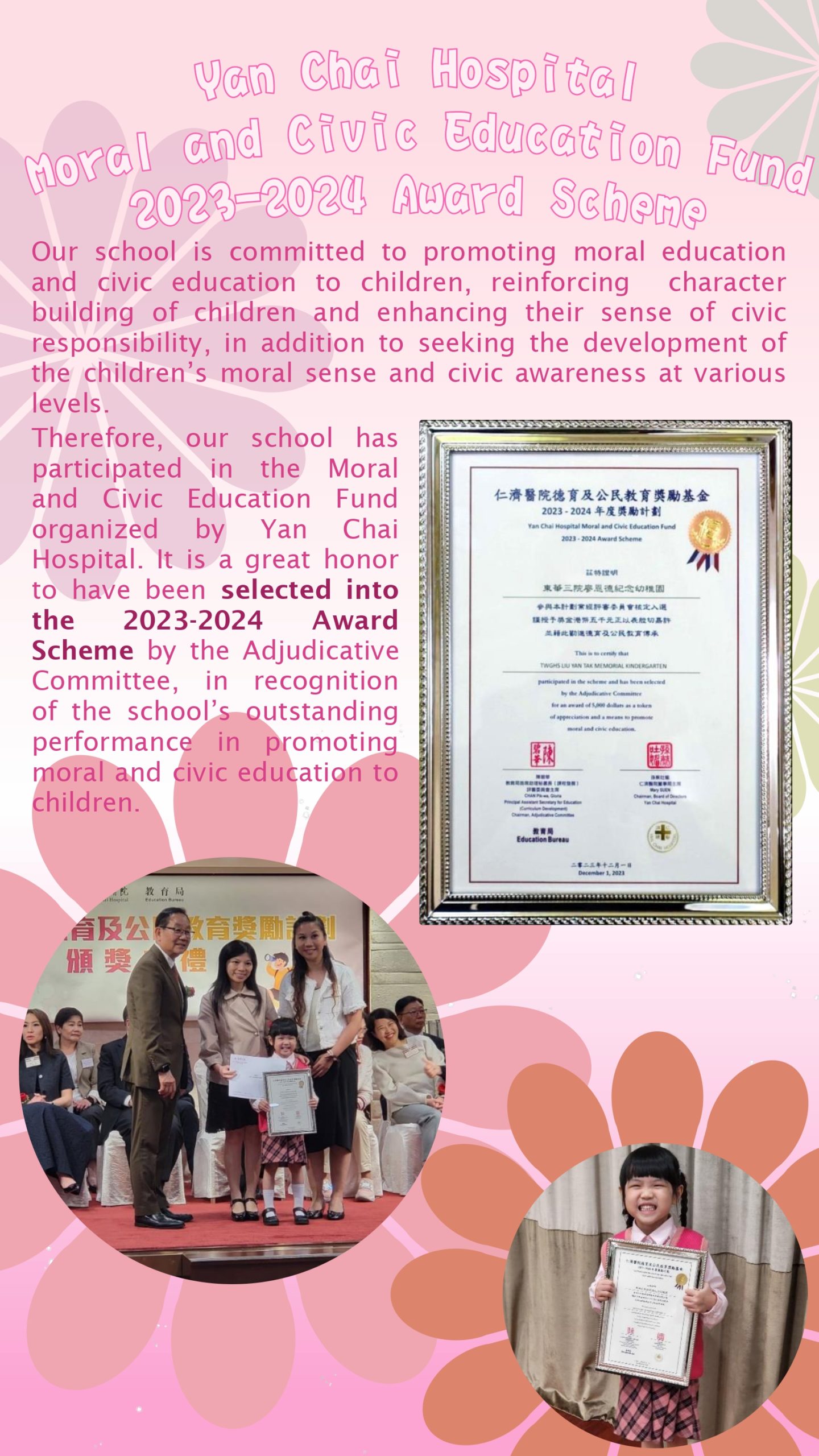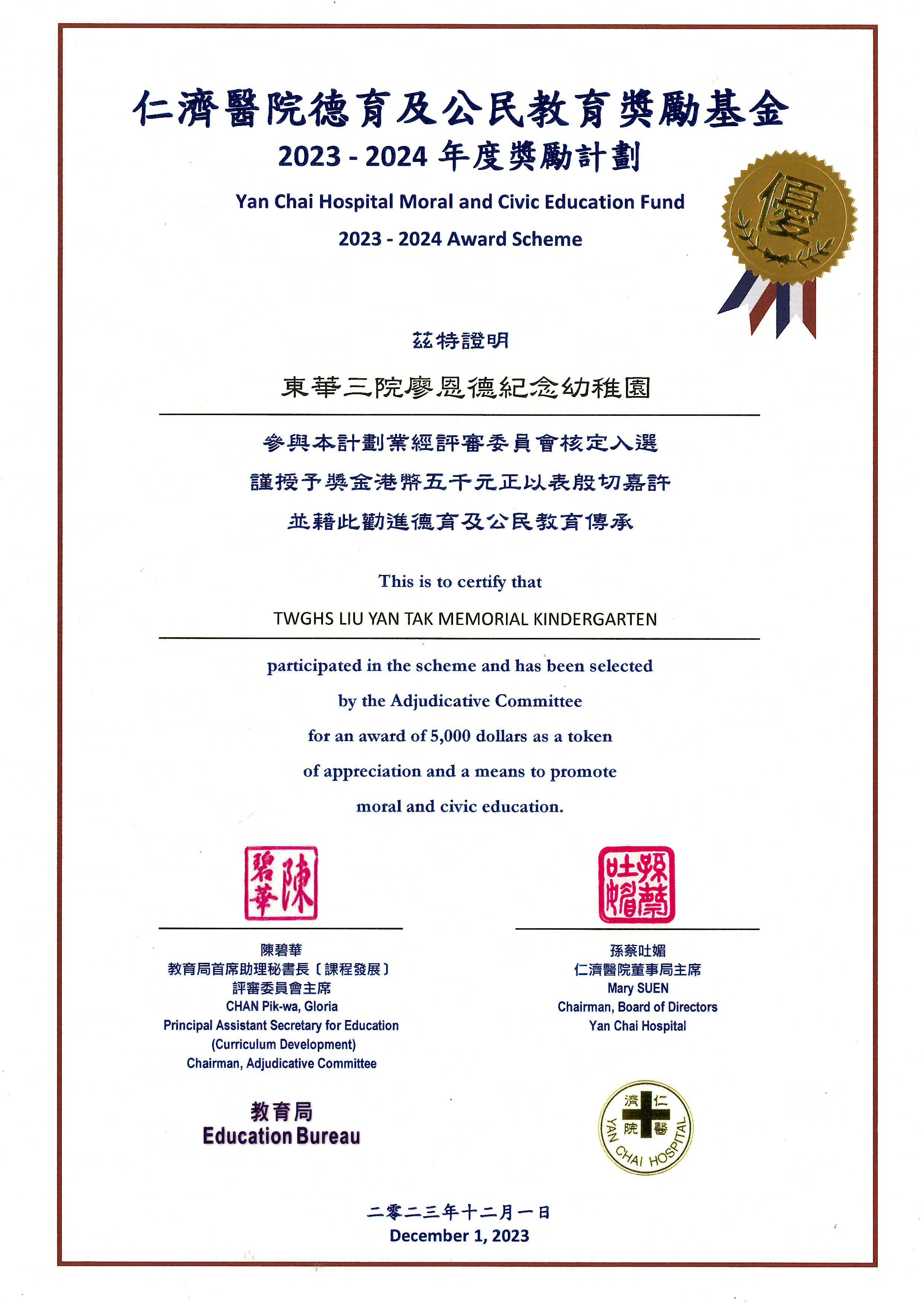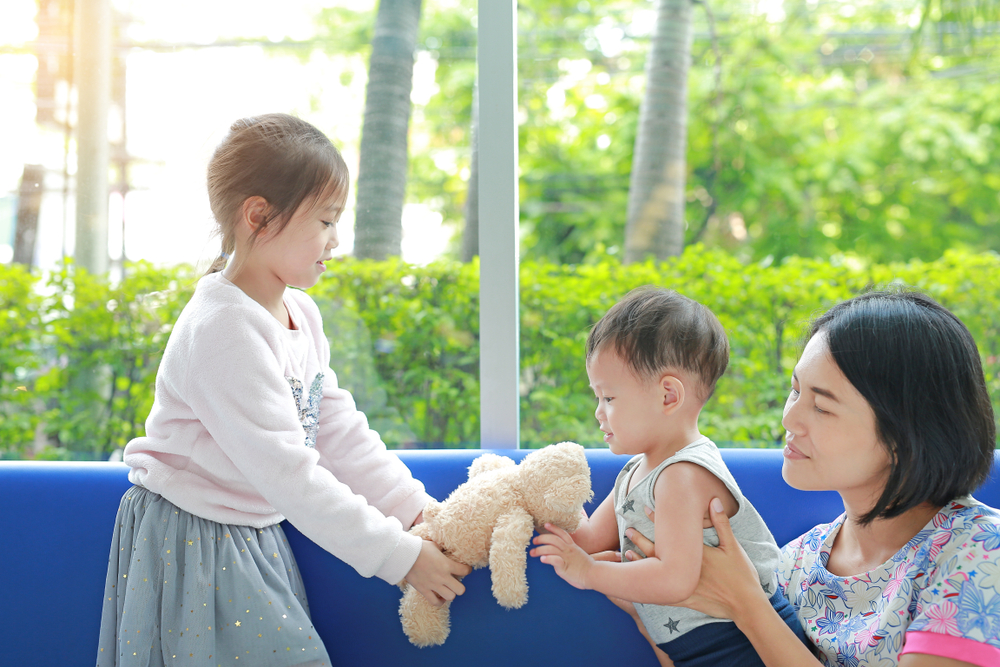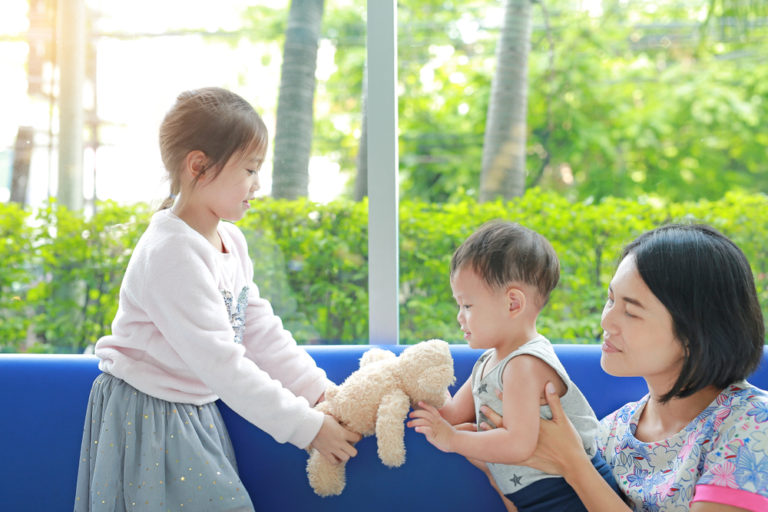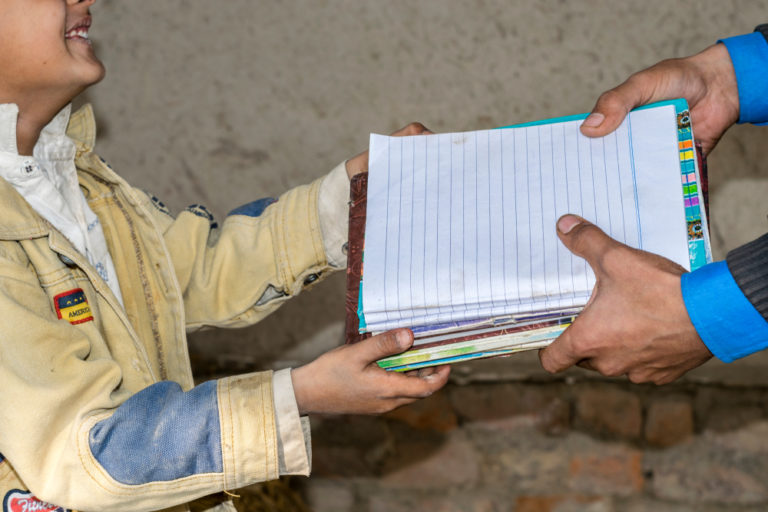Parenting Tips
system

Written by: Educational Psychologist Team of the Heep Hong Society
Highly intelligent children with autism, i.e., those with intellectual and verbal abilities, are 5 to 6 years old. What kinds of books can parents let their children read? What are some tips for parents to read to their children?
Highly intelligent autistic children should be able to understand simple moral stories. Parents can refer to “social stories” to help their autistic children understand the content effectively. Once the child is familiar with the story, parents can change the main characters to other real people or to the child himself/herself, so that the child can gradually put himself/herself into the moral story. If the characters can be changed, then the storyline can also be changed a little bit: for example, “Grandma’s house” can be changed to “Auntie’s house”, so that the child can utilize what he/she has learned flexibly. Of course, it is important to change the characters and plots before children develop a stubbornness towards the details of the story. As for fables, fairy tales, and myths, which often use abstract metaphors, they can only be used when the autistic child can generalize his/her knowledge.
On the cognitive side, when the child has reached a certain level of comprehension, parents can emphasize emotional words in the story, e.g. “When she saw the dog, Mei Mei was scared. When it is appropriate for children to learn the concept of sequence, parents can emphasize the description of time, e.g., “Mei-mei did something wrong, and afterward, she said she was sorry. Depending on the level of the child, parents can make good use of each page of the storybook by adding or emphasizing appropriate words in the tone of voice.

In the aspect of parent-child communication, higher-ability children with autism can take turns with their parents to tell stories, which not only trains the child’s ability to follow the story and listen attentively but also deepens the child’s impression of the story. Flexible use of storybooks by parents can meet the developmental needs of children and promote parent-child communication. Children with autism often lack imagination. Storybooks with accompanying dolls can be very useful: Initially, the story is told, then the dolls are added, and gradually the use of the storybook is reduced until only the dolls are used to tell the story, using a “you say a sentence, I say a sentence” method, leading the child out of the storybook and into the world of imaginative play.
In terms of social cognitive development, parents who use comics can use correction fluid to paint over the “speech bubbles” of the characters, and then create new dialogues with their children. Initially, they can start by altering certain words, and as both parties become familiar with the method, they can alter more parts until all the dialogues are original. Parents who are willing to try can also create storybooks tailored to their children and design different storytelling methods to attract the social concepts needed for their children’s learning.



